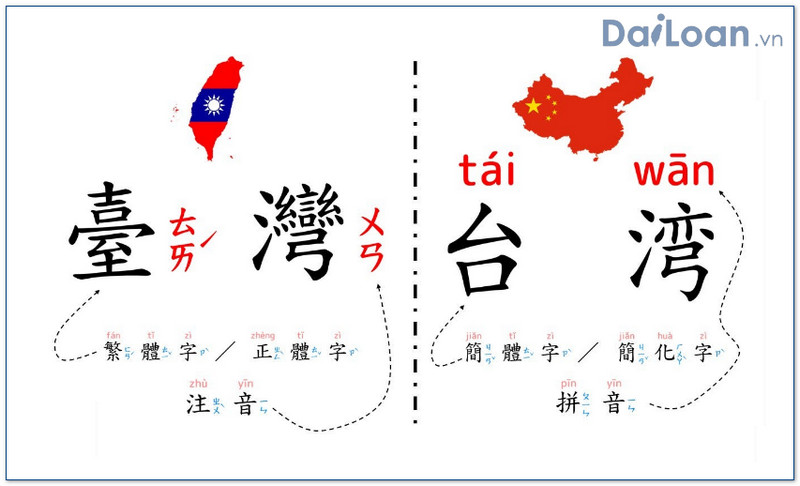Understanding the concept of 同義詞 (tóng yì cí) , or synonyms, is essential for anyone looking to master the Mandarin language. This article will delve into their meaning, grammatical structure, and include examples that highlight their usage. Let’s embark on this linguistic journey!
, or synonyms, is essential for anyone looking to master the Mandarin language. This article will delve into their meaning, grammatical structure, and include examples that highlight their usage. Let’s embark on this linguistic journey!
The Meaning of 同義詞 (tóng yì cí)
In Mandarin, 同義詞 (tóng yì cí) directly translates to “synonyms.” Synonyms are words that carry the same or similar meanings. Understanding synonyms enriches one’s vocabulary and enables more nuanced expression in both written and spoken forms.
Grammatical Structure of 同義詞
The grammatical structure of 同義詞 is relatively straightforward. It consists of two characters:
is relatively straightforward. It consists of two characters:
- 同 (tóng) – meaning “same” or “together.”
- 義 (yì) – meaning “meaning” or “definition.”
- 詞 (cí) – meaning “word” or “term.”
Hence, 同義詞 denotes “words with the same meaning.” This term can be expanded upon in various grammatical contexts, often seen in educational materials that aim to enhance vocabulary and fluency.
Types of Synonyms in Mandarin
Synonyms in Mandarin can be classified into several categories:
- Complete synonyms: These are words that can be used interchangeably in all contexts, e.g., “美丽 (měi lì)” and “好看 (hǎo kàn)” both meaning “beautiful.”
- Partial synonyms:
 These words have similar meanings but may not be interchangeable in all contexts, e.g., “跑 (pǎo)” meaning “to run” and “行走 (xíng zǒu)” meaning “to walk” may vary based on context.
These words have similar meanings but may not be interchangeable in all contexts, e.g., “跑 (pǎo)” meaning “to run” and “行走 (xíng zǒu)” meaning “to walk” may vary based on context. - Contextual synonyms: Depending on the situation, these words may hold similar meanings, such as “高兴 (gāo xìng)” meaning “happy” and “愉快 (yú kuài)” can be used in different social contexts.
Example Sentences Using 同義詞
To grasp the concept of 同義詞 in practice, let’s explore some example sentences:
Example 1
他和我都是 快乐 (kuài lè); 他们说我们有 同義詞 (tóng yì cí) 的感觉。
(He and I are both happy; they say we have a synonymous feeling.)
Example 2
在学习中,我们应该注意 同義詞 (tóng yì cí) 的使用,以丰富我们的表达。
(In learning, we should pay attention to the use of synonyms to enrich our expression.)
Example 3
这个词有几个 同義詞 (tóng yì cí),例如“聪明 (cōng míng)” 和 “智慧 (zhì huì)”。
(This word has several synonyms, such as “smart” and “wise.”)
Conclusion
Mastering 同義詞 (tóng yì cí) not only enhances your vocabulary but also improves your ability to communicate effectively in Mandarin Chinese. By understanding the meanings and grammatical structures, and practicing with example sentences, learners can become more proficient and confident in their language skills. Embrace the beauty of synonyms and make them an integral part of your Chinese learning journey!

Sứ mệnh của Chuyên là giúp đỡ và truyền cảm hứng cho các bạn trẻ Việt Nam sang Đài Loan học tập, sinh sống và làm việc. Là cầu nối để lan tỏa giá trị tinh hoa nguồn nhân lực Việt Nam đến với Đài Loan và trên toàn cầu.
CÓ THỂ BẠN QUAN TÂM
Du học Đài Loan
Lao Động Đài Loan
Việc Làm Đài Loan
Đơn Hàng Đài Loan
Visa Đài Loan
Du Lịch Đài Loan
Tiếng Đài Loan
KẾT NỐI VỚI CHUYÊN
Zalo: https://zalo.me/0936126566
Website: www.dailoan.vn




